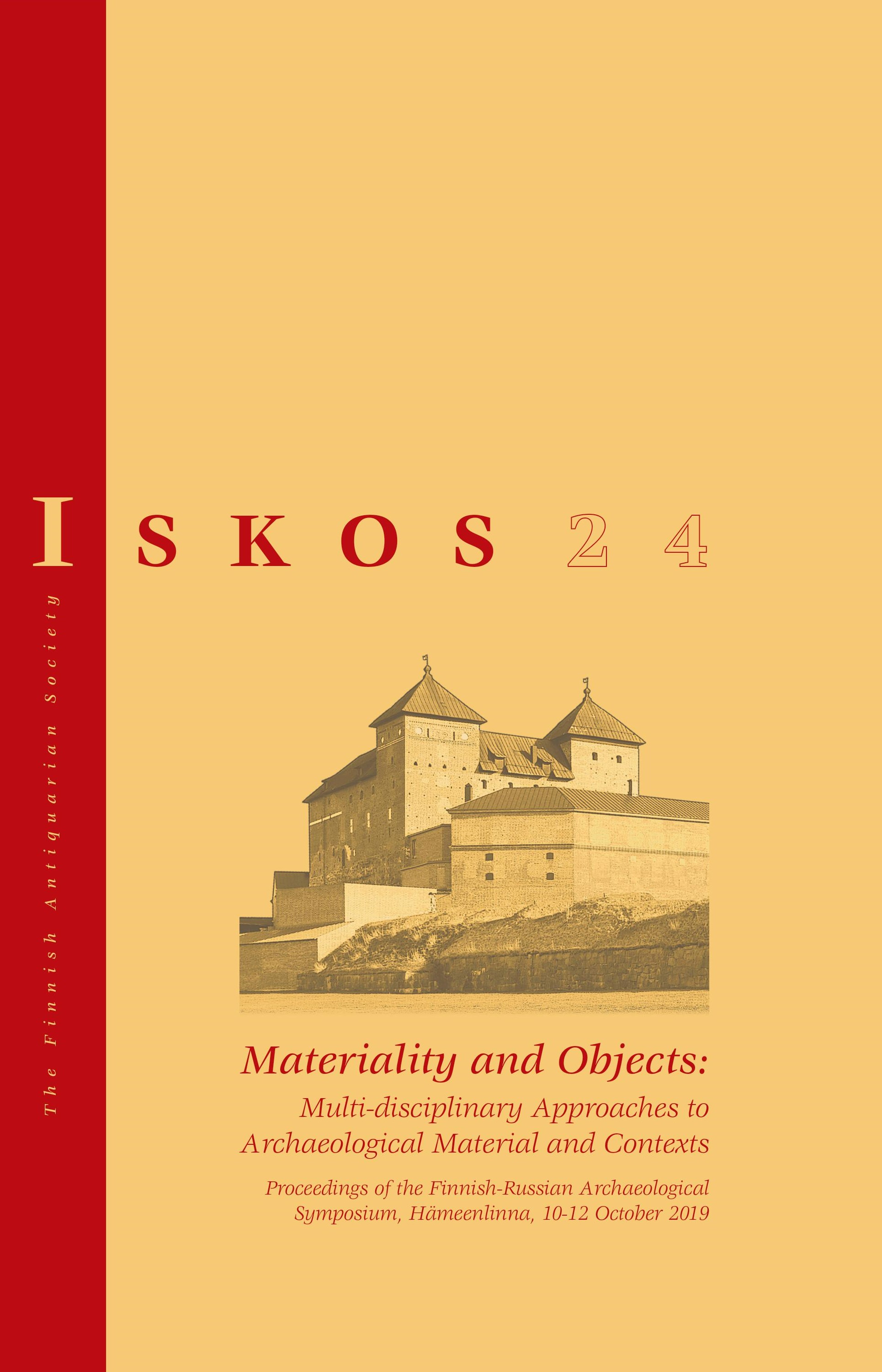Archaeological Discovery of Medieval Vyborg. The Town Development in the 15th-17th Centuries According to the Materials Obtained during the Archaeological Excavations in 1998-2012
Abstract
The Institute for the History of Material Culture of the Russian Academy of Sciences (IIMK RAN, St. Petersburg) carried out rescue and research excavations in different parts of the historical centre of Vyborg in 1998-2013. The Karjalaisen Kulttuurin Edistämissäätiö (KKES) foundation played a major role in the success of the excavations on account of its part in funding the work. The second essential matter was that we used local young people as the workforce from the very beginning, and a significant share of them continued working in the following years as well. This played a major role in improving the viewpoints of local people, because it demonstrated how valuable the cultural layers (wooden constructions, artefact finds) of Vyborg are.
The peculiarity of the original bedrock surface with its hollows and hills was already clear in the beginning of the research. As there was little room for construction activities on the slopes of the central town hill, the builders of the town had to fill the rock hollows with the cultural layers of previous times (fires were a regular occurrence in the city) and leftover wood chips from intensive construction activities. There is valuable information about the early stages of the history of Vyborg; in all likelihood, the town cape was already occupied before the Swedes arrived. What seems to have happened is that this native population was absorbed into the population of the emerging town. The natives’ main livelihoods were fishing and animal husbandry, and their products happened to be in high demand within the castle and also among the builders of the city wall. Excavations of the plot and in other parts of the town have revealed no finds dating back further than 1410. The excavations carried out so far show that the town, established on the cape, was destroyed so thoroughly by the Novgorodians in 1411 that it had to be rebuilt from the ground up.




